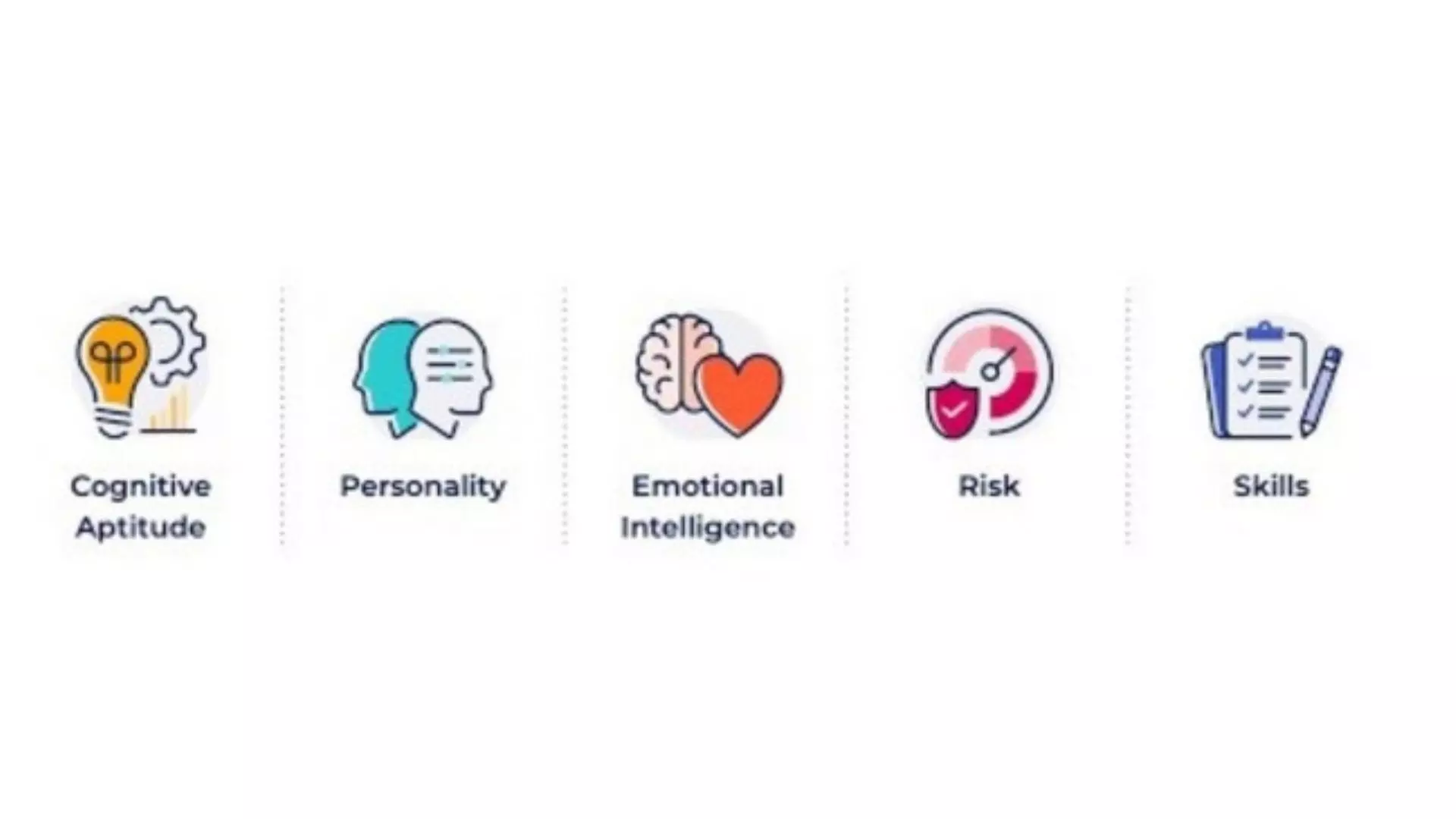Integrate behavioural assessments in hiring to evaluate candidates' personality traits, ensuring quality and culturally fit hires

Gurgaon: Identifying and hiring skilled candidates requires a strategic approach. This involves integrating behavioral assessments into the recruitment process and eliminating guesswork from hiring. It provides recruiters with insights into the innate characteristic traits of candidates to understand various aspects of their personalities and ensure quality hiring.
Traditional recruitment strategies generally focus on domain-based hard skills and past experiences to evaluate candidates for a job role. However, even a highly skilled candidate can turn out to be a bad hire if they lack basic soft skills, such as collaboration, problem-solving, and emotional intelligence. Integrating behavioral assessments into the recruitment process can help recruiters evaluate the personality and demeanor of candidates.
When used correctly, behavioral assessments can offer insights into the management style, approach to problem-solving, communication style, and job performance of candidates, which can help recruiters determine the most suitable candidate for an open position.
Behavioral assessments can also be used by organizations to evaluate existing employees and identify potential candidates for leadership roles in the future. Fostering an employee-centric workplace culture is one of the topmost priorities for organizations that emphasize well-being and work-life balance for their employees.
“The use of scientifically validated instruments like personality assessments, psychometric and cognitive tests, and behavioral competencies measurements has increased for executives as well as leadership hiring. It’s a monumental shift in how HR has gone about hiring over previous years. “
Siddhartha Gupta, CEO, Mercer | Mettl
The benefits of using behavioral assessments in hiring are:
Finding the perfect cultural fit
Recruiters take specific personality traits into consideration for different job roles, and behavioral assessments are ideal for ensuring precision in competency mapping. Measuring behavioral competencies can streamline candidate identification and ensure finding the best-suited and culturally fit candidates for different job roles.
Predicting success
Behavioral assessments are a reliable and valid tool for determining indicators of a candidate’s potential for succeeding in a job role. These assessments help predict the long-term performance of candidates by measuring personality traits that have been relatively stable throughout their lives, like problem-solving skills, leadership abilities, and emotional intelligence.
Reducing the time and cost to hire
Long hiring processes, from the time an opening is posted to the point a candidate is onboarded, are time-consuming and costly for the organization. Using behavioral assessments allows recruiters to review and compare candidates' results quickly, supporting informed hiring decisions while reducing the involved costs.
Identifying specific personality traits in candidates
Like-minded people working together make for productive workplaces. Behavioral assessments help hiring managers build better and more cohesive teams with members who work well together and have complementary strengths.
Optimizing learning and development initiatives
Behavioral assessments can provide deep insights into new hires, which can support efforts toward building stable teams with high employee retention. Sharing the results of behavioral assessments with managers of the new recruits can help them tailor their L&D approach to coaching the new team members and providing effective and constructive feedback.
Mercer | Mettl has a wide range of behavioral tools that can help optimize recruitment processes. The repository of tests can be used across the entire lifecycle of employees, from selection, hiring, and onboarding to continual development, upskilling, and promotions. These behavioral assessments can also be combined with a library of tests, including domain-based skills tests, personality assessments, and aptitude tests, to gain comprehensive insights into the suitability of candidates for certain job roles.
